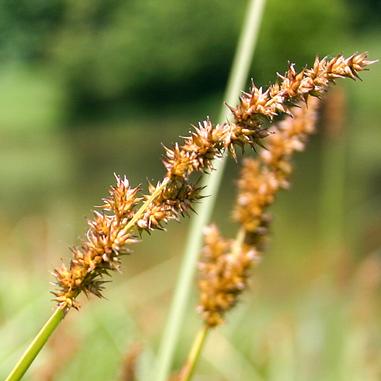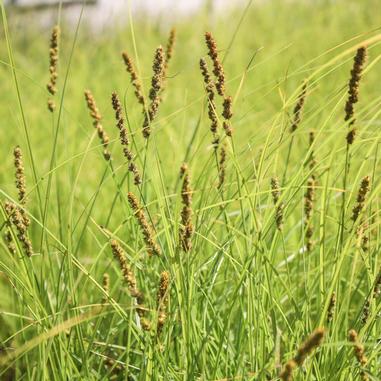“Pull back the frosty veil of Winter to reveal the virginal face of Spring.” -Kim Sweeney
It’s official! Spring is here! Gardeners rejoice as the warming sun and longer days have catapulted the landscape into the season of renewal, anticipation and verdant beauty. Early Spring offers a valuable glimpse into our yards and gardens as our imaginations take flight on hope, experience and perhaps sustainability as many gardeners look to eco-friendly, cost-effective, low maintenance, gorgeous plants that support local ecology and wildlife. Hello Natives.
Native plants can be defined as indigenous to a certain area that have existed over many thousands of years in a particular area. Generally speaking, Native plants require little to no human intervention in way of supplemental watering, soil amendments or pesticides. They naturally thrive in our soil and environment and are equally as appealing.
We understand not everyone is ready to overhaul their gardens, but why not consider incorporating a few of the more common Native plants, which are readily available and will make a stunning addition to your landscape?
Wild Bergamot
Lavender-pink flowers form a wreath around the rounded flower head from July – September. Light green foliage exudes an oregano-like scent. Prefers sun to partial shade and moist to slightly dry soil. Grows 3-4′ tall and 2-3′ wide. Attracts butterflies, hummingbirds and other pollinators. Drought and salt tolerant.
Cardinal Flower
Spiky bright red flowers bloom atop upright stems from July – September. Prefers sun to partial shade and moist to wet soil. Grows 3-4′ tall and 18-24″ wide. Attracts hummingbirds and butterflies.
Hairy Wild Petunia
Lavender, petunia-shaped flowers bloom amongst light green foliage covered in tiny white hairs May – September. Prefers sun to partial shade and can tolerate most soil types. Grows 12-18″ tall and 18-24″ wide. Attracts pollinators and is heat, drought and deer resistant
Prairie Dock
Bright yellow, daisy-like flowers bloom atop tall, leafless stems and huge leaves that clump towards the base July – September. Prefers full sun and moist to slightly dry soil. Grows 6-8′ tall and 2-3′ wide. Attracts butterflies and other pollinators. Rabbit resistant and drought tolerant once established.
Purple Coneflower
Large, pinkish-purple daisy-like flowers sit atop stiff stems and dark green leaves June – August. Prefers sun to partial shade and dry to medium, well-drained soil. Grows 3-4′ tall and 18-24″ wide. Attracts butterflies and pollinators. Drought resistant and a great cut flower.
Common Milkweed
Fragrant clusters or pinkish-purple flowers bloom June – September on upright stems with thick, light green leaves. Prefers full sun and dry to medium well-drained soil. Grows 3-4′ tall and 8-12″ wide. Attracts butterflies. Drought tolerant and deer resistant.
Sand Coreopsis
Cherry, yellow fringed flowers bloom May – July amongst clusters of light green leaves. Prefers full sun and dry soil. Grows 18-24″ tall and 18-24″ wide. Attracts butterflies and pollinators. Drought resistant.
Prairie Smoke
Graceful pink flowers bloom April – June followed by feathery seed heads that create a gauzy effect, similar to hovering smoke. Gray-green, fern like foliage matures to red, purple or orange in Fall. Prefers full sun to dry soil. Grows 12-18″ tall and 12-18″ wide. Attracts pollinators and is deer resistant.
Adding Natives to your garden will not only help support the environment, local eco system and wildlife, you too will benefit from their beauty and utter ease. Contact Sweeney’s today, and we’ll help get you started! Welcome to the wonderful world of Native Plants. We’re glad you’re here.
Plant of the Week


Brown Fox Sedge
Clump forming sedge with dark green foliage produces seed heads that resemble a fox’s tail in mid-Summer. Prefers sun to partial shade and can tolerate most soil from wet to medium dry. Grows 24-36″ tall and 12-18″ wide. Attracts butterflies and other wildlife.
“None can have a healthy love for flowers unless he loves the wild ones.”
-Forbes Watson
Best wishes,
Kim Sweeney
